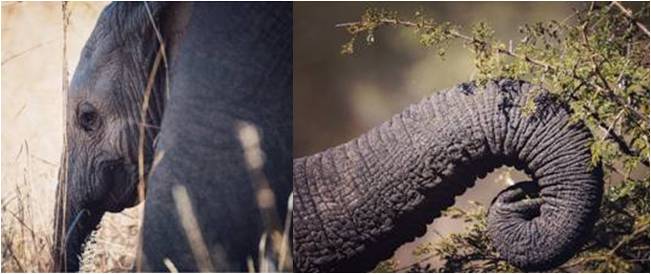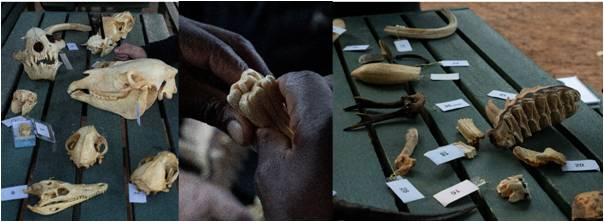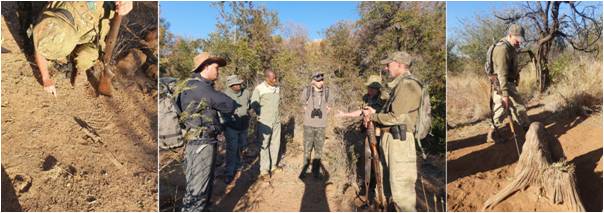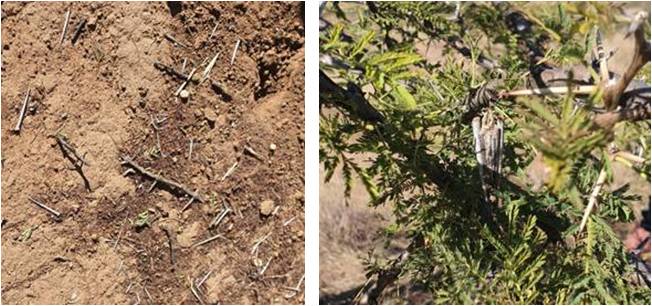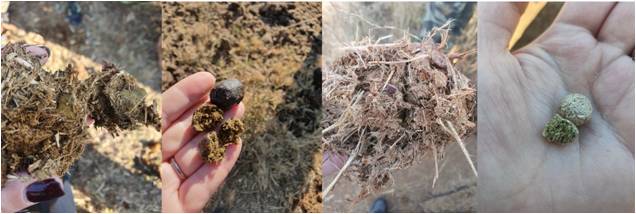Mammals in terms of different species, are outnumbered by arthropods, reptiles, birds and fish however they show huge diversity in their morphological, anatomical and physiological adaptations making them very interesting to study. Mammals come in all shapes, sizes and have adapted to virtually every habitat. As a result of their complex brains, they also have the ability to learn making their diversity in behaviour captivating to observe. Understanding this behaviour is vitally important to wildlife management.
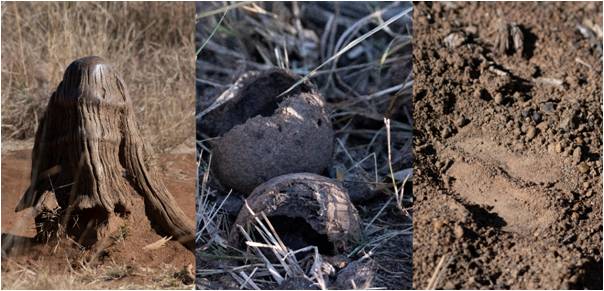
And so, the much-anticipated mammals module kicked off on the 11th of June in Pilanesberg. On Friday night we exchanged battle stories about our first assignment and wrote the challenging geology test but neither could dampened our excitement for the upcoming module.
Saturday morning commenced with a lecture on mammal behaviour from the esteemed author and head of education at the Pretoria Zoo, Ulrich Oberprieler. Ulrich challenged us to spend more time observing mammals and trying to understand why they do what they do, with even the common impala displaying fascinating traits when one spends enough time observing it, it is certainly not just “nog-‘n-bok”.
We then departed on a game drive to observe the behaviour of mammals in their natural habitats including a breeding herd of elephant. The drive included a controversial discussion about the conservation of the jackal versus lamb chops on the braai which was a testament to Ulrich’s determination to make us think critically about conservation issues.
The late afternoon was spent identifying skulls and other interesting biofacts looking at dentition, the size and position of eye sockets and bones, all of which play a role in understanding mammal morphology and adaptations.
On Sunday morning we headed on a bushwalk lead by Warren Best and Mike Bell, with Colin Brazer and Jeremy Anderson as back-ups. We observed the spoor, scat and other signs giving us clues as to ‘whodunnit’ with one lucky group being able to closely observe their suspect, a white rhino, passing by.
The weekend taught us to observe even the smallest of signs as well as the environment surrounding them and emphasised critical thinking when it comes to good conservation management principles.
Thank you to Jeremy Anderson, Piet Grove and Sue Oxborrow for another great weekend and to my classmates for making my birthday a very memorable one indeed.
Ed’s NOTE: Thanks to student Megan for this “critical” feedback. So sorry I missed your birthday
